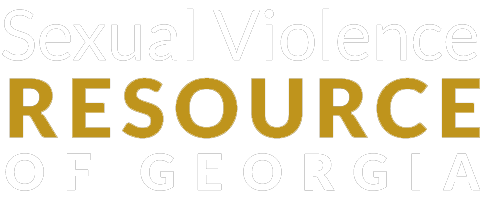
What is a SART?
A Sexual Assault Response Team (SART) is a multidisciplinary, interagency collaboration that unites the members in a coordinated, victim-centered approach to responding to sexual assaults. It allows those who respond to sexual assaults a way to intervene that addresses each victim’s circumstance and respects the unique roles of the different professionals involved in responding to sexual assault. It is a team approach implementing a comprehensive, sensitive, coordinated system of intervention and care for sexual assault victims, making the victims’ needs a priority, holding offenders accountable, and promoting public safety. The partners in a SART are both public and private agencies that provide direct services to sexual assault victims. SARTs can be part of a coordinated community response (CCR). For example, sexual assault center victim advocates, medical personnel/sexual assault nurse examiners (SANEs), law enforcement officers, and prosecutors may be joined by mental health specialists, counselors, addiction treatment providers, domestic violence victim advocates, parole and probation workers, and campus or community safety personnel. The SART provides a means for collaboration, relationship-building, and education between the various professionals. Its goals are to provide the best victim-centered response to sexual assault victims, to mitigate the effects of sexual assault on individual victims and their loved ones, to increase victim and community safety, and to prevent further victimization.
SART Members
To be effective, the core membership of a SART should be victim advocates, medical personnel/SANEs, law enforcement, and prosecutors. These are the first responders who are most likely to encounter and respond to sexual assault in the community.
However, there are multiple agencies and individuals within a community who should also be invited to participate on a SART. Any organization to whom a victim is referred to for services or follow-up, any agency that deals with offenders, as well as agencies whose clients may be survivors. When drawing up a list of potential SART members, “thinking outside the box” and including anyone with a stake in the issue will provide a well-rounded, diverse group to help draft and develop the goals and protocols and create the most effective SART possible.
Here are some suggestions for additional members:
- hospital/facility administration
- public health
- domestic violence victim advocates
- addiction treatment
- mental health providers
- child welfare teams
- probation and parole
- offender treatment programs
- college campus staff (Title IX Coordinators, advocacy staff, health services)
- children advocacy center staff; and
- senior and disabilities services.
The SART should reflect the racial and cultural diversity of the community. Consider including any other organization or system that has a stake in improving the community’s response to sexual assault and will be impacted by the development of a SART program.
